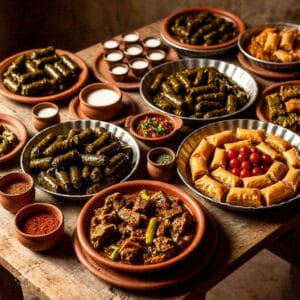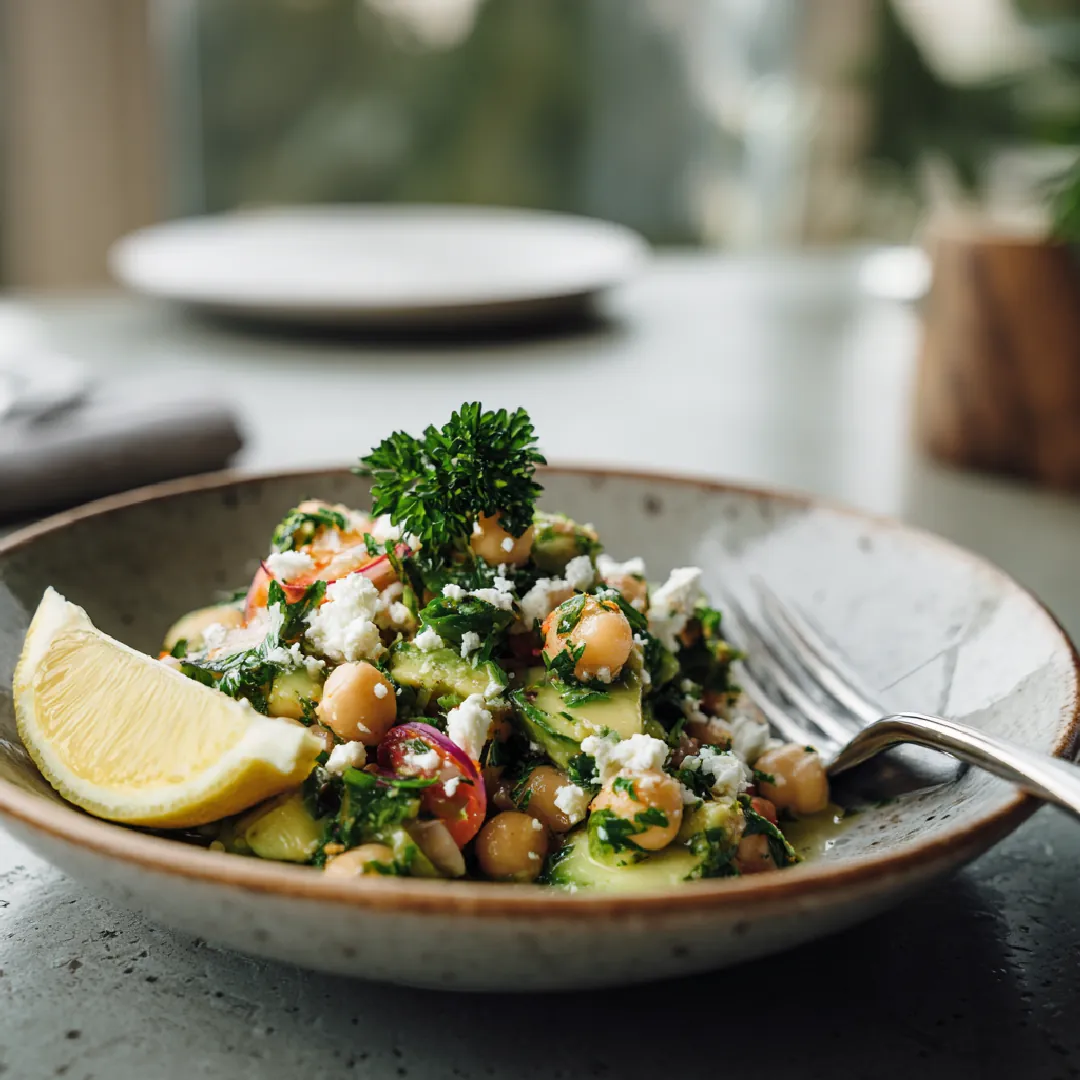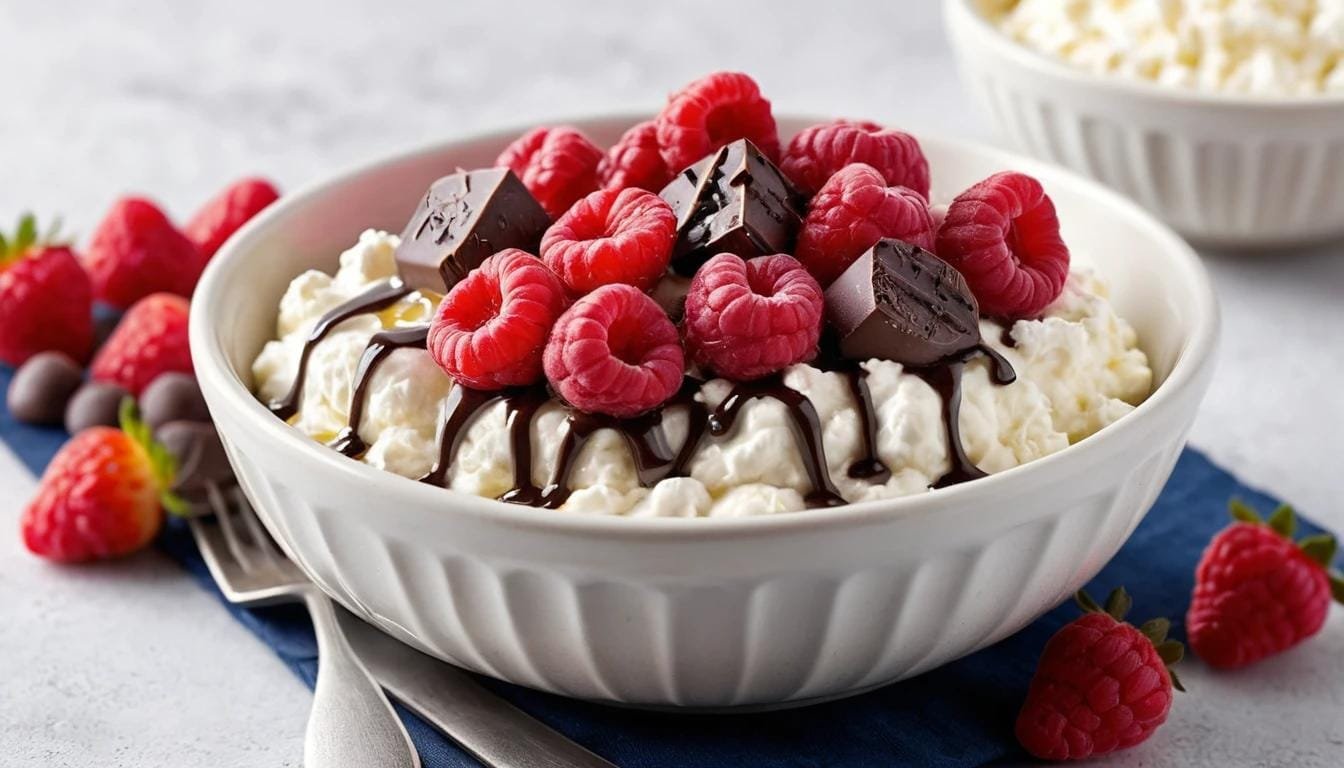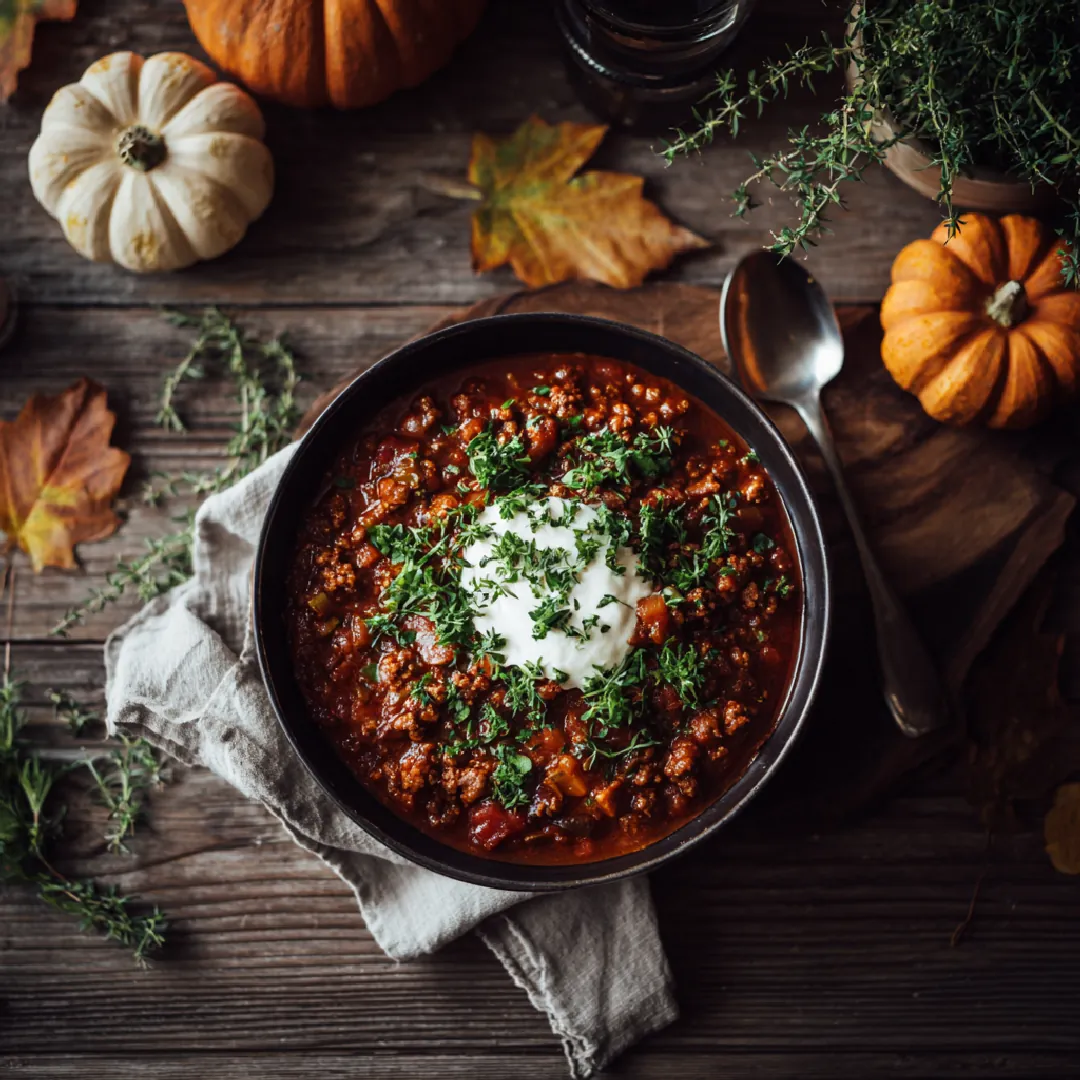Table of Contents
Introduction
Lebanese cuisine is a celebration of vibrant flavors, fresh ingredients, and rich traditions. Renowned for its balance of healthy and indulgent dishes, Lebanese food offers a tantalizing mix of Mediterranean and Middle Eastern influences. From hearty main courses to light mezze plates, every meal reflects Lebanon’s diverse cultural heritage and deep connection to family and community.
A traditional Lebanese lunch often revolves around sharing. The table is typically filled with small plates, known as mezze, which are accompanied by freshly baked bread and larger main dishes. Ingredients like olive oil, garlic, lemon, chickpeas, eggplant, and yogurt are staples, and herbs like parsley, mint, and cilantro add fresh flavors to every bite. Whether you prefer meat-based dishes or vegetarian options, Lebanese recipes cater to all palates, making the cuisine universally beloved.
In this guide, we’ll explore some of the most iconic Lebanese lunch recipes, spanning mezze, soups, main courses, and desserts. You’ll also discover the essential spices, cooking techniques, and drinks that complete the Lebanese dining experience. Let’s dive into the world of Lebanese lunch!
Classic Mezze Dishes
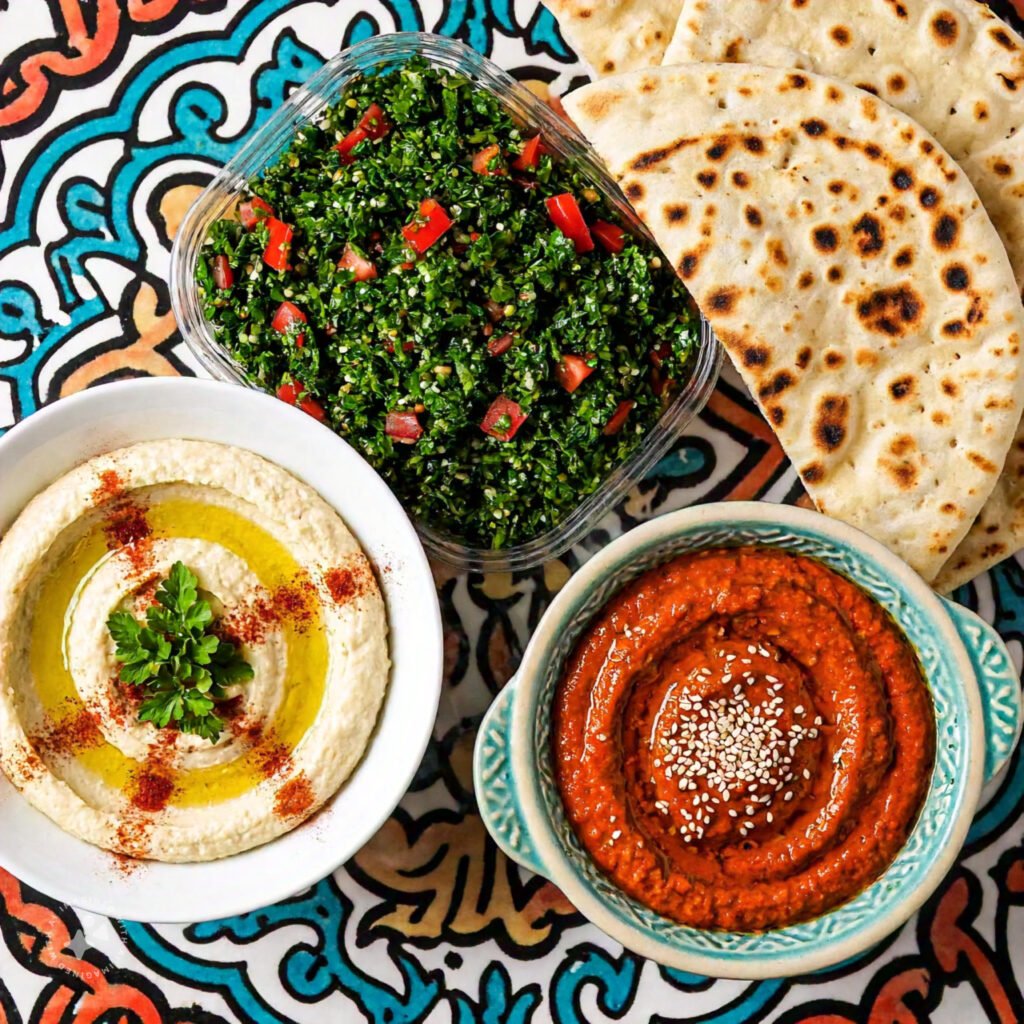
A traditional Lebanese lunch begins with a selection of mezze – small plates designed to be shared. Mezze dishes are flavorful, vibrant, and meant to whet the appetite before the main course. Here’s an exploration of some must-try mezze staples:
Hummus
One of the most iconic dishes of Lebanese cuisine, hummus is a creamy dip made from chickpeas, tahini, lemon juice, and garlic. It’s served with a drizzle of olive oil and often garnished with paprika or parsley.
- Ingredients: Cooked chickpeas, tahini, garlic, lemon juice, olive oil.
- Preparation: Blend all ingredients until smooth. Adjust the seasoning with salt and lemon juice to taste.
- Serving Tip: Serve with fresh pita bread or vegetable sticks.
Tabbouleh
Tabbouleh is a refreshing salad made primarily with parsley, mint, bulgur, tomatoes, and a lemony dressing. It’s light, healthy, and bursting with fresh flavors.
- Ingredients: Parsley, mint, bulgur, tomatoes, onions, lemon juice, olive oil.
- Preparation: Finely chop the herbs and vegetables. Soak the bulgur in water, drain, and mix with the other ingredients. Toss with olive oil and lemon juice.
- Serving Tip: Pair it with other mezze dishes for a balanced spread.
Baba Ghanoush
This smoky eggplant dip is a beloved mezze item. It’s similar to hummus but offers a distinct flavor profile thanks to the roasted eggplant.
- Ingredients: Roasted eggplant, tahini, garlic, lemon juice, olive oil.
- Preparation: Roast the eggplant until the skin is charred. Scoop out the flesh and blend it with tahini, garlic, and lemon juice. Drizzle with olive oil before serving.
- Serving Tip: Garnish with pomegranate seeds for a touch of sweetness.
Falafel
Falafel is a deep-fried patty made from ground chickpeas or fava beans mixed with herbs and spices. It’s crispy on the outside and tender on the inside.
- Ingredients: Chickpeas, parsley, cilantro, garlic, onion, spices (cumin, coriander).
- Preparation: Soak the chickpeas overnight, then blend with the herbs and spices. Form into patties and deep fry until golden.
- Serving Tip: Serve with tahini sauce or tuck into a pita with veggies.
Labneh
Labneh is a strained yogurt cheese that is creamy, tangy, and incredibly versatile. It’s often served as a dip or a spread.
- Ingredients: Plain yogurt, salt, olive oil, za’atar (optional).
- Preparation: Strain the yogurt through cheesecloth to remove excess liquid. Season with salt and drizzle with olive oil.
- Serving Tip: Sprinkle with za’atar or fresh herbs for extra flavor.
These mezze dishes set the stage for a delightful Lebanese lunch. Their vibrant flavors, diverse textures, and fresh ingredients make them a perfect starter for any meal.
Hearty Soups
Lebanese soups are comforting, nutritious, and often served as part of a lunch meal to warm the appetite. Two standout options are lentil soup and kibbeh soup.
Lentil Soup (Shorbat Adas)
A simple yet flavorful soup, Shorbat Adas is made with red lentils, onions, and a touch of cumin. It’s a staple during colder months and a popular dish during Ramadan.
- Ingredients: Red lentils, onion, garlic, cumin, olive oil, lemon juice.
- Preparation: Sauté onions and garlic in olive oil until fragrant. Add red lentils and water or vegetable broth. Simmer until the lentils are soft, then season with cumin, salt, and lemon juice. Blend for a smoother texture if desired.
- Serving Tip: Garnish with a drizzle of olive oil or crispy fried onions.
Kibbeh Soup
This variation of soup features kibbeh dumplings cooked in a rich broth made with vegetables and spices. It combines the heartiness of meat with comforting soup textures.
- Ingredients: Ground beef or lamb, bulgur, onions, vegetable broth, spices (cinnamon, allspice).
- Preparation: Form the kibbeh mixture into dumplings. Prepare a spiced vegetable broth, and simmer the kibbeh until cooked through.
- Serving Tip: Serve hot with a side of lemon wedges.
Main Course Staples
The main course of a Lebanese lunch is often the highlight, featuring a mix of proteins, grains, and fresh vegetables. Here are some quintessential options:
Kibbeh Nayeh
Kibbeh Nayeh is a raw meat dish similar to tartare, mixed with bulgur, onion, and spices. It’s an authentic Lebanese specialty that showcases the freshness of the ingredients.
- Ingredients: Fresh ground lamb or beef, fine bulgur, onions, mint, spices (cinnamon, allspice, salt).
- Preparation: Mix the raw meat with soaked bulgur, finely chopped onions, and spices. Knead until smooth and chill before serving.
- Serving Tip: Pair it with fresh mint leaves, olive oil, and pita bread.
Shawarma
Shawarma, marinated meat cooked on a rotating spit, is a classic Lebanese favorite. It can be made with chicken, beef, or lamb and served in wraps or plates.
- Ingredients: Meat (chicken, lamb, or beef), garlic, yogurt, lemon juice, spices (paprika, cumin, coriander).
- Preparation: Marinate the meat overnight, then cook on a grill or stovetop until charred and tender.
- Serving Tip: Serve with garlic sauce, pickles, and pita bread.
Stuffed Grape Leaves (Warak Enab)
These delicate rolls are made with grape leaves stuffed with a mixture of rice, herbs, and sometimes meat. They’re simmered in a tangy lemon sauce for added flavor.
- Ingredients: Grape leaves, rice, ground meat (optional), parsley, mint, lemon juice.
- Preparation: Fill the grape leaves with the rice mixture, roll tightly, and cook in a pot lined with lemon slices. Add water and simmer until tender.
- Serving Tip: Serve warm or at room temperature with yogurt on the side.
Mixed Grill
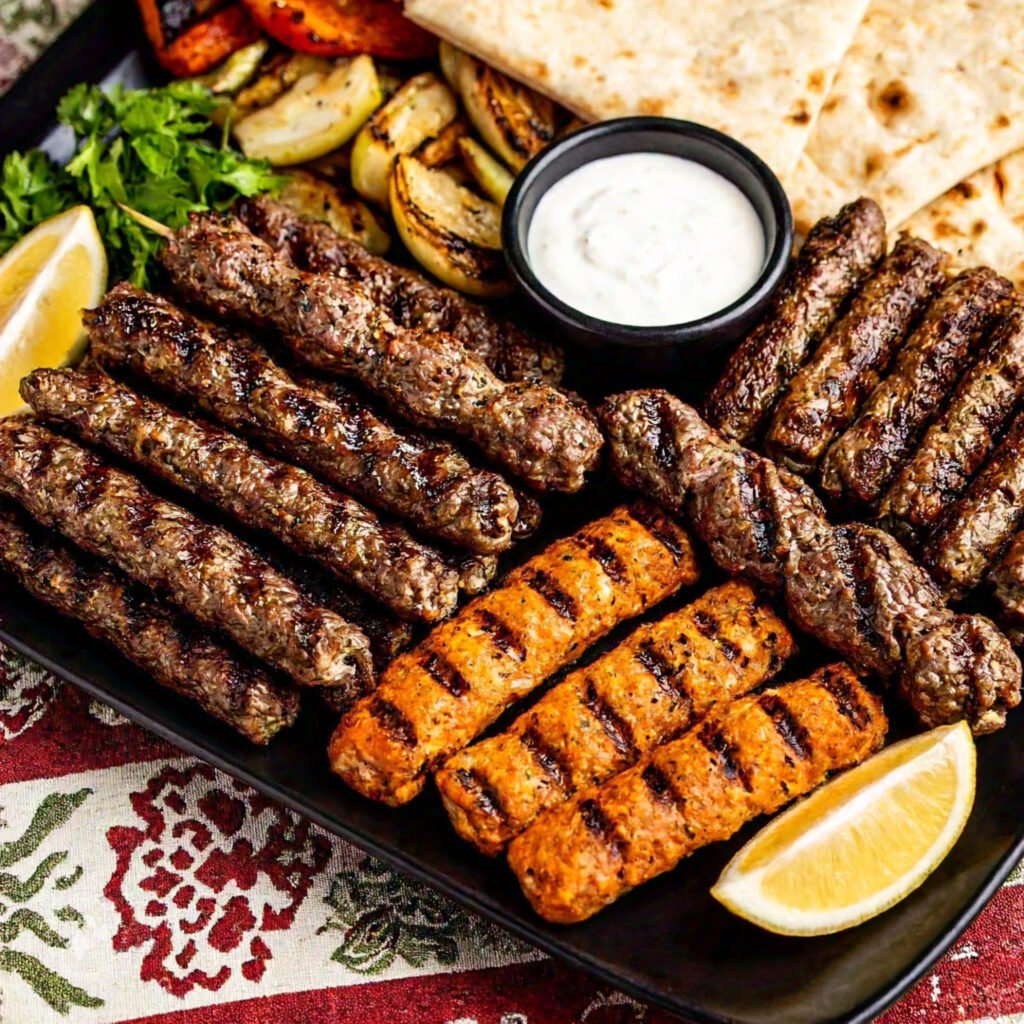
A Lebanese mixed grill typically includes skewers of marinated chicken (Shish Tawook), lamb (Lamb Kebabs), and kafta (ground meat kebabs).
- Ingredients: Meat, onions, garlic, yogurt, spices (paprika, sumac, allspice).
- Preparation: Marinate the meats, thread onto skewers, and grill until cooked to perfection.
- Serving Tip: Serve with grilled vegetables, garlic sauce, and freshly baked pita.
These hearty dishes form the backbone of a Lebanese lunch, providing satisfying flavors and showcasing the culinary richness of the region.
Vegetarian Delights
Lebanese cuisine offers an array of vegetarian dishes that are hearty, nutritious, and packed with flavor. These recipes cater to both vegetarians and those looking for lighter meal options.
Mujadara
Mujadara is a comforting dish of lentils, rice, and caramelized onions. It’s a staple in Lebanese households, known for its simplicity and wholesomeness.
- Ingredients: Lentils, rice, onions, olive oil, salt, and pepper.
- Preparation: Cook lentils and rice separately. Slice onions thinly and caramelize them in olive oil until golden brown. Mix the lentils and rice, then top with caramelized onions.
- Serving Tip: Serve with a side of yogurt or a fresh cucumber salad for balance.
Fattoush
Fattoush is a vibrant Lebanese salad that combines fresh vegetables with crispy pieces of toasted pita bread, all tossed in a tangy sumac dressing.
- Ingredients: Lettuce, tomatoes, cucumbers, radishes, parsley, mint, pita bread, sumac, olive oil, and lemon juice.
- Preparation: Chop the vegetables into bite-sized pieces. Toast or fry pita bread until crispy. Toss the vegetables and bread in a dressing made with olive oil, lemon juice, and sumac.
- Serving Tip: Garnish with extra sumac or pomegranate seeds for a burst of flavor.
Vegetarian Stuffed Peppers
These bell peppers are stuffed with a mixture of rice, tomatoes, herbs, and spices, making for a hearty vegetarian dish.
- Ingredients: Bell peppers, rice, tomatoes, parsley, mint, allspice, cinnamon.
- Preparation: Hollow out the peppers and fill them with the rice mixture. Arrange them in a pot, add water or vegetable broth, and simmer until the peppers are tender.
- Serving Tip: Drizzle with olive oil and serve with a dollop of labneh.
Seafood Specialties
Lebanon’s coastal location means seafood plays a significant role in its cuisine. From fish to prawns, these dishes are fresh, flavorful, and perfect for a Lebanese lunch.
Sayadieh (Fish and Rice)
Sayadieh is a traditional dish of spiced fish served over fragrant rice, topped with caramelized onions and a side of tahini sauce.
- Ingredients: White fish (like cod or haddock), rice, onions, spices (cumin, turmeric), pine nuts, and tahini sauce.
- Preparation: Season and pan-fry the fish until golden. Cook the rice with turmeric and cumin for color and flavor. Assemble the dish by layering the fish over the rice and topping with caramelized onions.
- Serving Tip: Garnish with toasted pine nuts and serve with tahini sauce.
Grilled Prawns with Garlic Sauce
Grilled prawns are marinated in a zesty garlic and lemon mixture, then charred to perfection, creating a flavorful seafood option.
- Ingredients: Prawns, garlic, lemon juice, olive oil, parsley, and chili flakes.
- Preparation: Marinate the prawns in a mixture of minced garlic, lemon juice, olive oil, and spices. Grill them until pink and slightly charred.
- Serving Tip: Serve with a garlic dipping sauce and a side of fattoush.
These vegetarian and seafood dishes highlight the diversity of Lebanese cuisine. Whether you’re enjoying a plant-based meal or indulging in fresh seafood, these recipes bring the flavors of Lebanon to life.
Bread and Accompaniments
Bread holds a special place in Lebanese cuisine, often serving as both an ingredient and an accompaniment. From freshly baked pita to savory manakish, bread elevates the flavors of any Lebanese lunch.
Pita Bread
Soft, airy, and versatile, pita bread is a staple in Lebanese meals. It’s used for scooping dips, wrapping shawarma, or serving alongside mezze.
- Ingredients: Flour, water, yeast, salt, sugar, olive oil.
- Preparation: Combine the ingredients to form a dough, let it rise, then roll it into flat rounds. Bake in a hot oven until the bread puffs up.
- Serving Tip: Serve warm with hummus, baba ghanoush, or labneh.
Manakish
Often referred to as Lebanese pizza, manakish is a flatbread topped with za’atar, cheese, or minced meat.
- Ingredients: Dough (similar to pita), za’atar, olive oil, optional toppings (cheese, meat).
- Preparation: Roll out the dough, spread the za’atar mixture or other toppings, and bake until golden.
- Serving Tip: Serve as a standalone dish or as part of a mezze platter.
Traditional Dips
Lebanese meals are incomplete without an array of dips. While hummus and baba ghanoush are the most popular, you’ll also find options like Muhammara (red pepper and walnut dip) and Moutabal (eggplant dip).
- Ingredients for Muhammara: Roasted red peppers, walnuts, pomegranate molasses, breadcrumbs, spices.
- Preparation: Blend the roasted peppers with walnuts and other ingredients until smooth. Adjust seasoning to taste.
- Serving Tip: Serve with pita chips or fresh bread.
Cooking Techniques
Lebanese cuisine relies on traditional cooking methods that enhance the flavors and textures of the dishes. Here are some of the most common techniques:
Grilling
Grilling is a cornerstone of Lebanese cooking, especially for meat, fish, and vegetables. The process imparts a smoky flavor that’s integral to dishes like mixed grills and shawarma.
- Popular Dishes: Shish tawook, lamb kebabs, grilled prawns.
- Tip: Use marinades with garlic, olive oil, and lemon juice to tenderize and flavor the meat.
Stuffing and Rolling
Lebanese chefs excel in stuffing vegetables like peppers, zucchini, and grape leaves with mixtures of rice, meat, and spices. The same skill applies to rolling dishes like Warak Enab.
- Popular Dishes: Stuffed grape leaves, vegetarian stuffed peppers.
- Tip: Ensure the filling is evenly distributed and tightly packed to prevent unrolling during cooking.
Baking
Baking is used for preparing bread, pastries, and some savory dishes like kibbeh. The oven ensures even cooking and crispy textures.
- Popular Dishes: Manakish, baked kibbeh.
- Tip: Preheat the oven thoroughly for the best results.
Frying
From crispy falafel to golden sambousek (savory pastries), frying is a popular method for creating flavorful snacks and appetizers.
- Popular Dishes: Falafel, kibbeh balls.
- Tip: Use a neutral oil with a high smoke point for the best frying results.
These breads and cooking methods showcase the artistry and skill involved in creating Lebanese dishes. With a blend of tradition and technique, every meal becomes a culinary masterpiece.
Frequently Asked Questions (FAQs)
What makes Lebanese cuisine unique?
Lebanese cuisine stands out for its use of fresh ingredients, bold flavors, and the emphasis on sharing meals. It combines Mediterranean and Middle Eastern influences, offering a balance of healthy and indulgent options.
Are Lebanese recipes suitable for vegetarians?
Absolutely! Many traditional dishes, such as Mujadara, Tabbouleh, Fattoush, and Vegetarian Stuffed Peppers, are vegetarian-friendly and rich in flavor.
What are the essential spices in Lebanese cooking?
Key spices include sumac, za’atar, allspice, cinnamon, and cumin. These spices add depth and authenticity to Lebanese dishes.
How do you serve a traditional Lebanese lunch?
Start with mezze dishes, followed by a main course of meat or vegetarian options, accompanied by bread and dips. Finish with desserts and beverages like mint tea or Jallab.
Can Lebanese recipes be adapted for gluten-free diets?
Yes, many recipes can be adapted. Replace bulgur in Tabbouleh with quinoa, and use gluten-free pita or flatbreads.
What is the best way to store Lebanese leftovers?
Store dips and salads in airtight containers in the fridge for up to 3 days. Bread can be wrapped and frozen. Reheat main dishes gently to retain flavor.
Conclusion
Lebanese cuisine is a delightful journey through flavors, textures, and traditions. From mezze to hearty soups, main courses, and indulgent desserts, every dish reflects the rich culinary heritage of Lebanon. Whether you’re a seasoned cook or a curious food lover, exploring Lebanese lunch recipes is a delicious way to embrace this vibrant culture.
You might also like “What is the Famous Dessert in Lebanon?“

